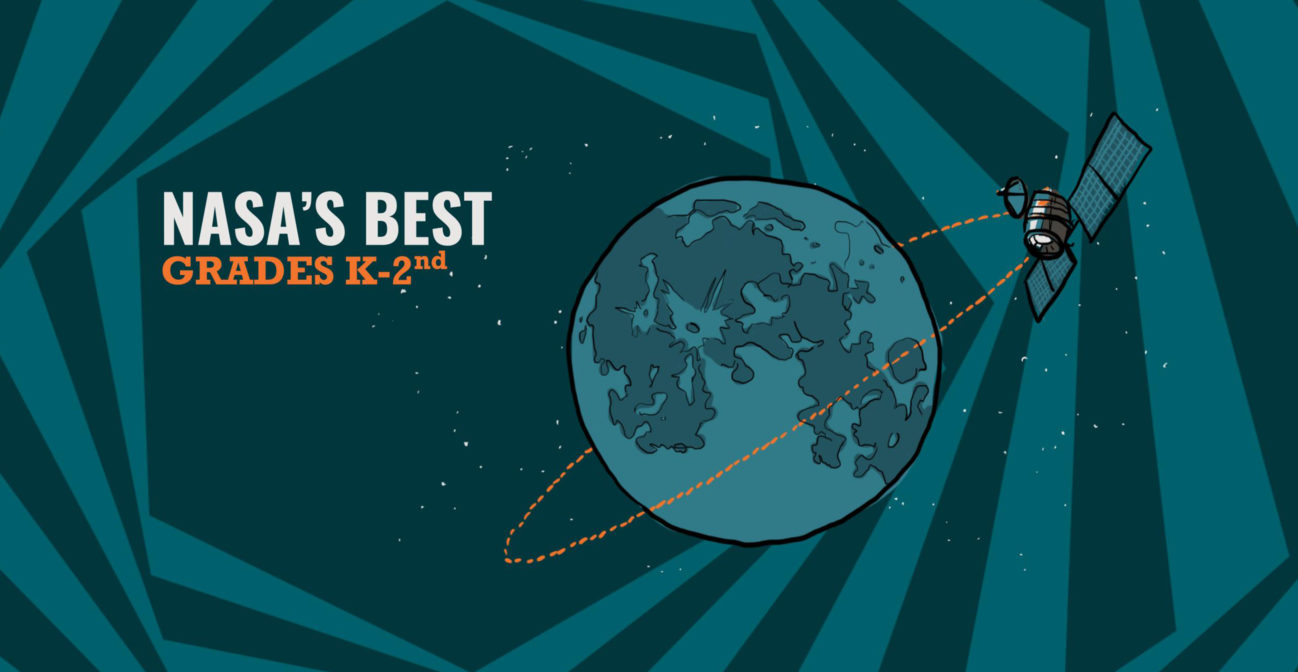Join us for conversations that inspire, recognize, and encourage innovation and best practices in the education profession.
Available on Apple Podcasts, Spotify, Google Podcasts, and more.

K-2 Learners will be guided through a series of challenges that follow the engineering design cycle. Join NASA on an adventure through solving an engineering challenge to launch your satellite design.
OBJECTIVE
To demonstrate an understanding of the Engineering Design Process while utilizing each stage to successfully complete a team challenge.
PROCESS SKILLS
Observing, communicating, measuring, collecting data, inferring, predicting, making models
MATERIALS
STUDENT PAGES
PRE-ACTIVITY SET-UP
The fishing line apparatus should be at least 5 meters in length. Clamp or tie one end at table or chair height and stretch the line across the space to another table/ chair at the same level. Holding the free end of the line taut for each trial enables easy restringing of the successive balloon rockets. The line must be very taut for best results. Shoot the rockets toward the tied end. Two fishing line set-ups should be sufficient for a group of 20 students. Note: If the opening in the balloons tends to stick, try putting a little hand lotion inside the opening.
Challenge the teams to build their rockets based on their plans and remind them to keep within specifications. They will also need to attach their satellites from the previous session.
Send each team to their assigned launch sites to test their rockets, completing the data tables as they conduct each trial launch.
Engage the students in the following questions:
Ask teams to think about how humans navigate robotic rovers on a distant planet or moon. How are they programmed? How do the rovers receive messages from a team on Earth?